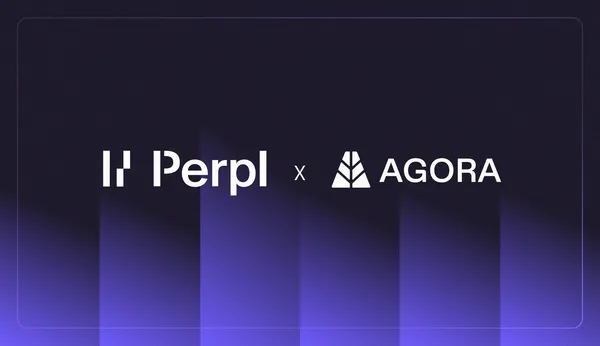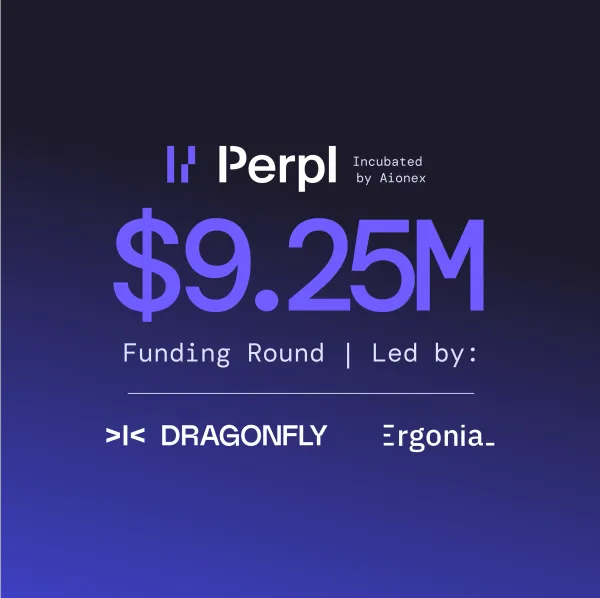What is the Ethereum Virtual Machine?
The Ethereum Virtual Machine (EVM) is a decentralized computation network that runs smart contracts on the Ethereum network. You can think of it as a shared global computer for all Ethereum participants. Every node on the network runs the EVM to execute instructions, ensuring the blockchain stays in sync. Smart contracts, the programs that power decentralized apps, are compiled into EVM bytecode and then executed by this virtual machine. In simpler terms, the EVM is what makes Ethereum programmable: it processes all the logic that updates the blockchain’s state with every action users make onchain.
The EVM is the most widely used virtual machine in crypto. 9 of the top 10 chains by TVL are powered by the EVM and it is constantly growing. Let’s take a deeper look at why it matters and some of the pros and cons of the EVM.
Why the EVM Matters
The EVM is hugely important because it has unlocked decentralized applications spanning DeFi, NFTs, DAOs, games, and more on Ethereum. Over the years, the EVM became the industry standard for smart contracts. This dominance doesn’t stop at Ethereum itself, hundreds of other chains including Base and Arbitrum have also adopted the EVM so they can tap into the same apps and developer talent pool. Because of its dominance, most popular Layer 2s are built using the EVM and many other Layer 1s including Polygon, Tron, and Hyperliquid are all EMV-compatible.
Because of this compatibility, the EVM ecosystem today is incredibly broad. Users can access EVM-based dApps with familiar wallets like MetaMask, Coinbase Wallet, and now even Phantom. Developers benefit from a rich suite of tooling and infrastructure.There’s also a mature security ecosystem – auditors have spent years finding bugs in Solidity/EVM contracts, so there are well-tested frameworks to catch common vulnerabilities.. All of these factors feed into a powerful network effect: the more people and projects that use the EVM, the more attractive it is for new projects to use it too.
EVM’s Strength: One Standard, Many Chains
A big reason for the EVM’s dominance is standardization. Smart contracts on Ethereum can easily be deployed to other EVM-compatible networks. This offers incredible portability for both developers and users. Competing layer-1 blockchains realized this, so many decided not to reinvent the wheel – instead, they made their platforms support the EVM. This way, they could build off of Ethereum’s apps and developers with minimal friction.
From a user perspective, this means the EVM is everywhere. Users can switch from Ethereum to an EVM-based Polygon app in MetaMask with just a network toggle – the experience and addresses remain the same. Assets and tokens move across EVM chains via bridges, and the core logic (ERC-20 tokens, NFTs, DeFi contracts) behaves the same from a UX perspective. In short, the EVM became the common language of decentralized apps, creating a virtuous cycle of adoption that new platforms find hard to break.
The Limits of Today’s EVM Model
Despite its success, the EVM in its current form has some pain points.
- Single-Threaded Execution (Sequential Processing): Today’s EVM processes one transaction at a time, in order. This simplifies consensus, but is ultimately a bottleneck for throughput. Ethereum’s base layer can only handle ~10–15 transactions per second (TPS) on average. Solana for example can process up to 65,000 TPS.
- Expensive TX cost: Because of the sequential model, when usage spikes the network gets congested. Limited TPS leads to slow confirmations and expensive fees as users bid to get their transaction confirmed faster.
- State Bloat: Every smart contract and account in an EVM chain contributes to the global state – essentially a database of who owns what and the current data of all contracts. This state has grown massive as history accumulates more contracts and transactions. A full Ethereum node today must store hundreds of gigabytes of state data--making it costly to run a node. This decreases desirability to run nodes and could harm decentralization.
Enter Monad: A Next-Gen EVM-Compatible Solution
Clearly, there are reasons the EVM has become so powerful, but how can we eliminate those bottlenecks? Enter Monad, a purpose-built EVM compatible Layer 1 aiming to answer that question.
Monad is built with full EVM compatibility so any Ethereum smart contract can run on Monad unchanged. From a developer and user perspective, interacting with Monad feels just like interacting with Ethereum, but faster and at a fraction of the price. You can use the same wallets (i.e Rabby, Phantom, MetaMask), deploy the same smart contracts, and even reuse your Ethereum address on Monad.
Under the hood, the big innovation is parallel execution and a range of low-level speed optimizations. The result?
- Dramatically faster performance: Monad is aiming for ~10,000 tps and sub-1 second blocktimes. This is roughly a 1000x improvement over Ethereum’s capabilities.
- Cheaper transaction fees: With the ability to support more tps, fees drastically decrease making it cost effective to use the network
- Support for high-frequency trading apps: Higher throughput and low transaction costs means the chain can handle high frequency trading apps like Perpl.
The best part? Monad achieves all of this without sacrificing decentralization. It’s still a proof-of-stake blockchain that anyone can run a node for, and it targets reasonably-priced hardware so that the barrier to participate remains relatively low. The magic is in its architecture: by carefully optimizing how the EVM runs (parallelizing where possible, cutting out inefficiencies), Monad pushes the boundaries of what an EVM chain can do while looking and feeling just like the Ethereum we know.
The Future: Will the EVM Still Reign?
The EVM’s current dominance in crypto is clear, but we’re at an inflection point. Ethereum’s roadmap itself is evolving. Competing virtual machines like the Solana virtual machine, Move (Aptos/Sui), and others are pushing the envelope in performance and safety. And projects like Monad are demonstrating that you can have the best of both worlds by borrowing tricks from newer designs without abandoning the existing dominant ecosystem. In many ways, Monad and similar initiatives are aiming to future-proof the EVM, so it can remain relevant as demand for blockchain capacity grows.
For end users and crypto newcomers, all this technical talk boils down to a simple trend: your decentralized apps are going to get faster, cheaper, and more accessible over time. Monad’s bet is that the best path forward is to build on the EVM standard and make it massively scalable.
In summary, the EVM is the engine that currently powers the majority of crypto applications, and for good reason. It has fostered an unparalleled level of innovation and community. But it’s also showing its age in some areas, which is why both the Ethereum community and projects like Monad are hard at work upgrading the engine for the road ahead. The race is on to make the EVM scalable enough for the next billion users and Monad is positioned well to be the network to power the next-gen applications.






